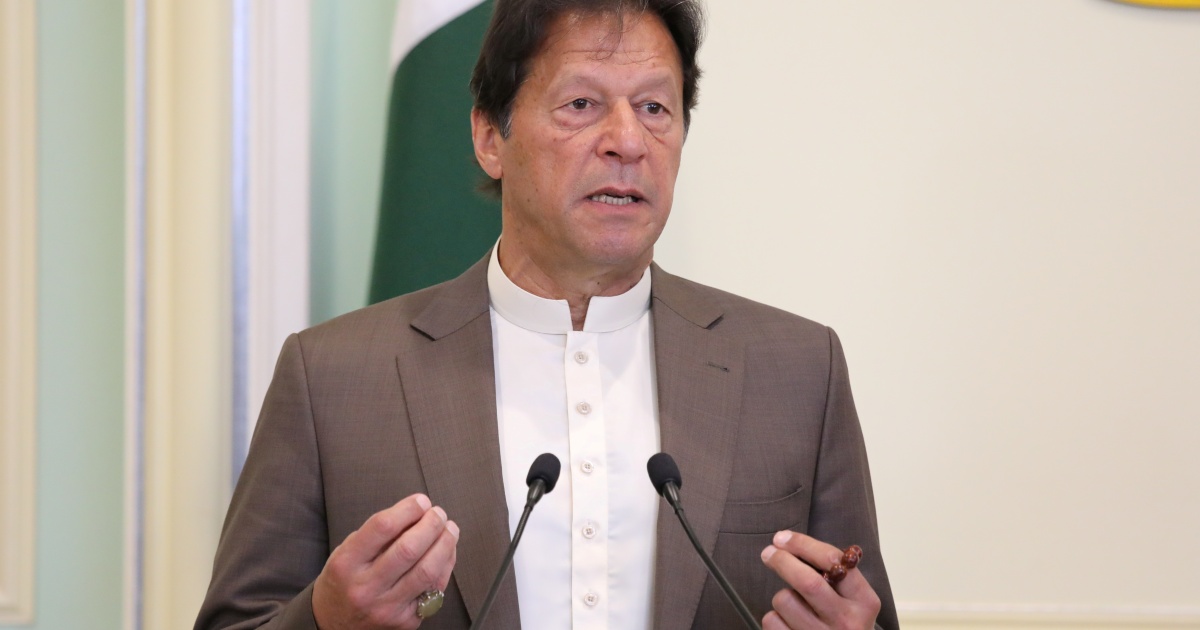
Pakistan, Inflation and rise
ISLAMABAD:
The trade deficit has been on the rise for nine consecutive months owing to an unprecedented increase in imports while exports stagnated at around $2.5bn to $2.8bn a month, mostly those of semi-finished products and raw materials.
In March, the trade deficit came in at $3.45bn, growing by around 12pc over February and by 5.5pc compared to March 2021.
The trade deficit reached an all-time high of $37.7bn in the 2017-18 fiscal year. However, the government’s measures led to a drop in it to $31.8bn the next year (2018-19) and then a further decline to $23.2bn in 2019-20.
However, the trend then reversed and the trade gap jumped to $30.8bn in the 2020-21 fiscal year and is expected to reach an all-time high during the ongoing fiscal year.
In March, trade deficit rose 12pc MoM to $3.45bn
During the first nine months (July to March) of this fiscal year, the import bill rose 49pc to $58.7bn. In March alone, the import bill edged up to $6.2bn from $5.6bn over the same month last year, reflecting an increase of 10pc. On a month-on-month basis, the imports fell by 2.8pc in March.
A major initiative of the government to encourage raw material imports also pushed up the import bill. Rising global oil prices and its high demand at home also pushed up the bill. A surge was also noted in the import of vehicles, machinery and vaccines. The government is also importing wheat and sugar and costly palm oil.
In the 2020-21 fiscal year, the import bill surged 26pc to $56bn from $44.6bn a year ago.
Exports
In July-March, exports jumped 25pc to reach $23.3bn. In March, exports grew 16pc to $2.74bn from $2.36bn in the same month last year. On a month-on-month basis, exports increased by 4.7pc in March.
Export proceeds went up by 18pc to $25.3bn in 2020-21 from $21.4bn over the last year.
The government has projected the annual export target for commodities at $31.2bn and services at $7.5bn.
According to the finance ministry’s monthly economic update and outlook for March, released last month, “exports are expected to continue their upward trend, backed by the export-friendly policies that have been implemented”.
It said exports also benefited from the real effective exchange rate (REER), which measures a currency’s value weighted against those of its major trading partners after adjusting for inflation.
“Imports will probably return to a level that is more in line with domestic economic activity and the levels of international commodity prices. As a result, the trade balance may less deteriorate in March 2022 as well. However, geopolitical risks still persist,” it said.
In January and February, remittance inflows declined to lower levels, mainly due to seasonal fluctuation. However, the report hoped that workers’ remittances were expected to revert to normal levels in March.
“Taking these factors into account, as well as its other components, the current account deficit in March is expected to stay well below the unsustainable levels observed during the period from August 2021 up to January 2022,” it said.






